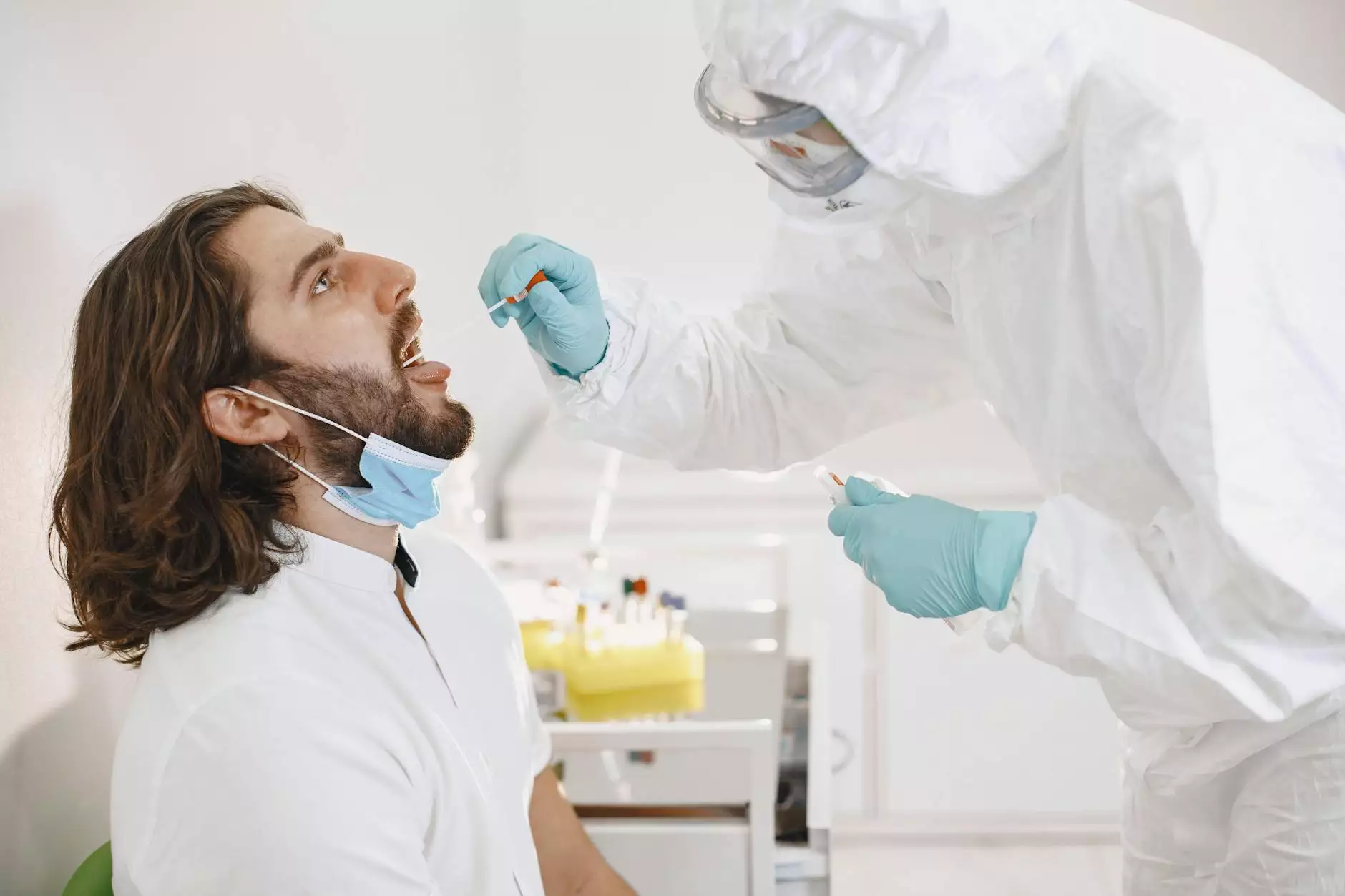Lung Cancer Screening: A Vital Component in Health & Medical Care

Understanding Lung Cancer
Lung cancer is one of the leading causes of cancer-related deaths worldwide. It poses a significant health challenge, especially among smokers and those with a history of exposure to certain environmental pollutants. Recognizing the symptoms and understanding the risk factors can be crucial in addressing this formidable disease.
Some common symptoms of lung cancer include:
- Chronic cough
- Shortness of breath
- Chest pain
- Unexplained weight loss
- Coughing up blood
What is Lung Cancer Screening?
Lung cancer screening involves tests aimed at detecting lung cancer at an early stage, potentially before symptoms appear. Early detection significantly increases the chances of successful treatment and can result in better patient outcomes.
The most common method for lung cancer screening is the low-dose computed tomography (LDCT) scan. This imaging technique allows physicians to identify small nodules or tumors in their infancy.
The Importance of Early Detection
Early detection through lung cancer screening is vital for several reasons:
- Increased Survival Rates: When lung cancer is detected early, patients have a higher chance of being treated successfully.
- Less Aggressive Treatment: Early-stage lung cancer often requires less extensive treatments, resulting in fewer side effects and a better quality of life.
- Informed Decisions: With early detection, patients can make informed decisions about their treatment options, leading to tailored and effective healthcare strategies.
Who Should Consider Lung Cancer Screening?
The U.S. Preventive Services Task Force (USPSTF) recommends lung cancer screening for individuals who meet the following criteria:
- Age 50 to 80 years
- Current smokers or those who have quit within the past 15 years
- A history of smoking a pack of cigarettes a day for 20 years, or the equivalent
Individuals falling outside these guidelines should consult with healthcare professionals to determine their suitability for screening based on personal health history and risk factors.
Methods of Lung Cancer Screening
Lung cancer screening primarily utilizes the following methods:
1. Low-Dose Computed Tomography (LDCT)
LDCT is the most effective screening method currently available. It is a quick and painless procedure that emits a lower dose of radiation compared to regular CT scans. During the procedure, a series of detailed images of the lungs are captured, allowing healthcare providers to identify any suspicious nodules.
2. Chest X-Rays
While chest X-rays were once the standard for lung cancer screening, they are now considered less effective than LDCT. Current guidelines typically recommend LDCT as the preferred method due to its superior accuracy in detecting early-stage lung cancer.
3. Biomarker Testing (Emerging Research)
Research is ongoing into the development of blood tests and other biomarkers that could increase the effectiveness of lung cancer screening. While not yet standardized, these methods may play a role in future screening practices.
Potential Benefits of Lung Cancer Screening
The advantages of participating in lung cancer screening programs are manifold:
- Peace of Mind: Knowing your lung health status can alleviate anxiety and facilitate proactive health management.
- Informed Health Choices: With the results from lung cancer screening, patients are empowered to make informed choices regarding their lifestyle adjustments, smoking cessation support, or potential treatments if necessary.
- Early Medical Intervention: Early detection often enables prompt interventions that can prevent cancer from progressing.
Challenges and Considerations
While lung cancer screening has many benefits, there are also challenges and considerations to bear in mind:
- False Positives: Some screenings may yield false-positive results, leading to unnecessary anxiety and invasive follow-up procedures.
- Radiation Exposure: Although LDCT scans use lower doses of radiation, there is still a minimal risk associated with exposure, which should be weighed against the benefits of early detection.
- Access to Screening: Not all individuals have equal access to lung cancer screenings, often due to socioeconomic factors. It is crucial to advocate for equitable healthcare access to ensure that at-risk populations can receive screening and follow-up care.
The Role of Health Professionals in Lung Cancer Screening
Health professionals play a critical role in promoting lung cancer screening. They can help educate at-risk individuals on the importance of screening and guide them through the process:
- Assessment: Healthcare providers can conduct comprehensive assessments of individual risk factors to determine eligibility for screening.
- Education: Educating patients about lung cancer, its symptoms, and the value of early detection is vital.
- Follow-Up Care: Post-screening, healthcare providers should offer reassurance, support, and guidance on potential next steps based on screening outcomes.
The Future of Lung Cancer Screening
Advancements in medical technology and research are continuously shaping lung cancer screening practices. Future innovations may include:
- Improved Imaging Techniques: Enhanced imaging methods might offer even better sensitivity and specificity in detecting lung anomalies.
- Genetic and Molecular Testing: The integration of genetic information may assist in tailoring screening protocols to individual risk profiles.
- Cost-Effective Screening Solutions: Ongoing research into cost-effective screening options may increase accessibility for underprivileged groups.
Conclusion: The Vital Role of Lung Cancer Screening
In conclusion, lung cancer screening is a crucial element in the early detection and management of lung cancer. It holds the potential to save lives by facilitating early intervention and personalized treatment approaches. Awareness and education surrounding lung cancer screening can empower individuals in making informed health choices.
For anyone at risk, engaging with healthcare professionals about screening options and maintaining a proactive approach to lung health can contribute greatly to overall well-being. Together, we can work towards a future where lung cancer is detected early, treated effectively, and does not pose a significant threat to our lives.









